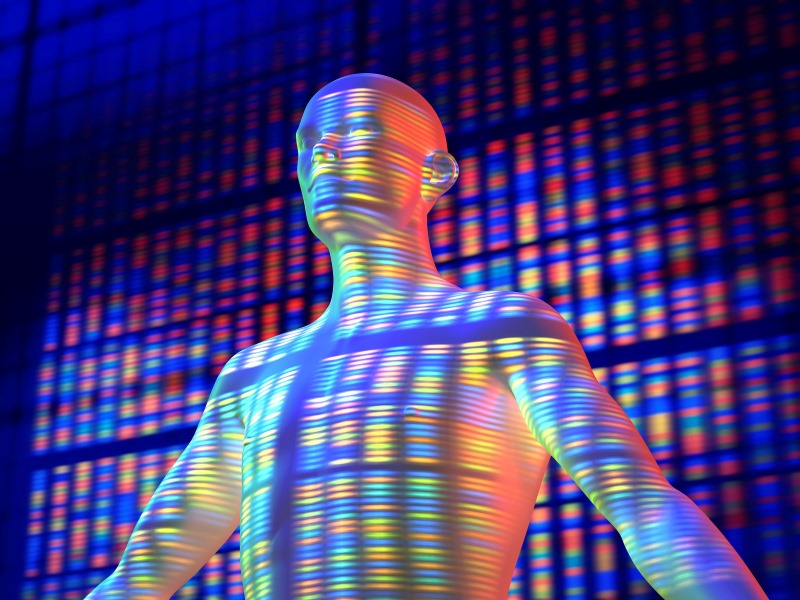About Craniofacial Dysostosis
Crouzon Syndrome, also known as crouzon craniofacial dysostosis, is related to carpenter syndrome 1 and hypertelorism, and has symptoms including seizures and frequent headaches. An important gene associated with Crouzon Syndrome is FGFR2 (Fibroblast Growth Factor Receptor 2), and among its related pathways/superpathways are ERK Signaling and Disease. Affiliated tissues include Bone, eye and skin, and related phenotypes are frontal bossing and abnormal facial shape
Major Symptoms of Craniofacial Dysostosis
Craniofacial dysostosis is a genetic disorder that affects the development and function of the skull and facial bones. Some of the major symptoms include:
Suitable Lifestyle for People with Craniofacial Dysostosis
Craniofacial dysostosis is a rare genetic disease that mainly affects facial development and function. People with facial dysplasia may face a variety of challenges, including correction of facial deformities, social difficulties, oral problems, and more. But with the proper lifestyle, these challenges can be overcome. Here are some lifestyle options for people with Craniofacial dysostosis:
1. Seek professional medical help: Craniofacial dysostosis is a complex disease that requires treatment and care from a medical professional. Patients should find a therapist or doctor familiar with facial dysplasia and receive regular treatments and check-ups.
2. Improve oral hygiene: Facial dysplasia may lead to oral problems, such as dental abnormalities, oral infections, etc. Patients should practice oral hygiene by brushing, rinsing, and flossing to avoid these problems.
3. Avoid irritating foods and beverages: Certain foods and beverages may stimulate facial dysplasia and worsen facial deformities. Patients should avoid these foods and beverages, including coffee, tea, chocolate, spicy foods and alcohol.
4. Increase facial exercise: Facial exercise can help improve facial dysplasia and enhance the strength and flexibility of facial muscles. Patients can try some simple facial exercises, such as deep breathing with eyes closed, facial expression exercises, etc.
5. Maintain a good mood: Facial dysplasia may lead to emotional problems such as anxiety, depression, etc. Patients should try to maintain a good mood and find ways to relax that suit them, such as listening to music, reading, walking, etc.
6. Follow the doctor's advice: Patients should follow the doctor's advice, take medicine on time, and carry out treatment according to the doctor's treatment plan. Craniofacial dysostosis is a complex disease that requires a range of lifestyle changes to address facial challenges.
Other Diseases
Related Products


